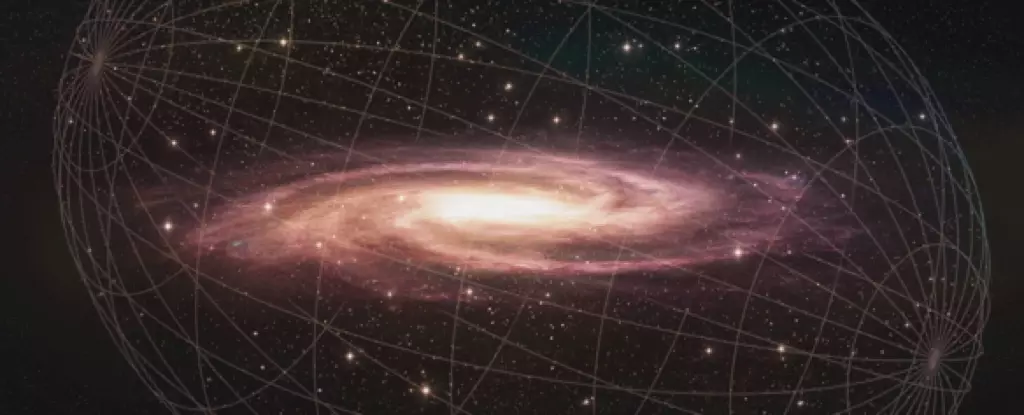Recent discoveries in the realm of astronomy have shed light on the existence of tiny, faint dwarf galaxies that orbit the Milky Way. These dwarf galaxies, each containing as few as a thousand stars, have challenged our understanding of the universe. Two new satellites, Virgo III and Sextans II, have recently been identified by astronomers, further complicating the picture.
The discovery of Virgo III and Sextans II has raised concerns among scientists due to the already crowded region of space in which they were found. With a total of nine satellites in the HSC-SSP footprint, the number exceeds the predictions made by models of dark matter. This discrepancy has led to what astronomers refer to as a ‘too many satellites’ problem, where the number of dwarf galaxies exceeds what current models suggest.
Dark matter, an invisible substance that makes up a significant portion of the universe, plays a crucial role in the behavior of galaxies. It provides additional gravity that influences galactic rotation and the interaction with surrounding objects. Models based on dark matter predict that the Milky Way should have a much larger number of dwarf galaxy satellites than currently observed, leading to a search for these elusive objects.
Astronomers are utilizing tools such as the Hyper Suprime-Cam (HSC) Subaru Strategic Program (SSP) to study specific regions of space in search of Milky Way satellite galaxies. However, the discovery of additional dwarf galaxies like Virgo III and Sextans II has created a challenge in reconciling these findings with existing models. The discrepancy in the number of satellites observed compared to predictions has left scientists puzzled.
The next step in unraveling the mystery of the Milky Way’s dwarf galaxies involves the use of more powerful telescopes, such as the Vera C. Rubin Observatory in Chile. By expanding the scope of observation to capture a wider view of the sky, astronomers hope to gain a better understanding of the distribution of satellite galaxies around the Milky Way. Continued research and exploration are essential in shedding light on the ‘too many satellites’ problem and advancing our knowledge of the universe.


Leave a Reply